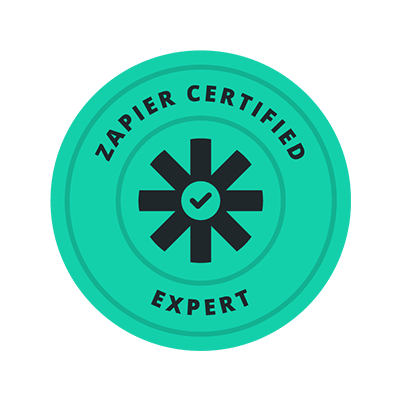The 3 Phases of Process Improvement and Automation
At STRMS, we specialize in helping businesses optimize their workflows, identify inefficiencies, and leverage technology to scale effectively. Here, we’ll break down the three critical phases of process improvement and explain how automation can drive real, tangible results for your organization.
Phase 1: Documenting Your Current Processes
The first step toward improvement is understanding where you stand. Many businesses operate with processes that are undocumented or inconsistently followed by team members. This lack of clarity can lead to redundancies, inefficiencies, and confusion about roles and responsibilities.
We work with businesses to extract their workflows and visualize them in a clear map or flowchart. This process often reveals surprising “aha moments,” as teams uncover inefficiencies and redundancies they weren’t aware of. By documenting the current state without bias, we lay the groundwork for meaningful change.
Phase 2: Evaluating Technology and Tools
Once we have a clear picture of your current workflows, the next step is evaluating the tools and technologies you’re using. Are you making the most of your existing tech stack? Are there better options available to streamline your processes? Or is your team simply not using the tools effectively?
Through a detailed tech evaluation, we match your needs to the right solutions. Whether it’s optimizing existing software or implementing new tools, this phase ensures you have the foundation needed to take your operations to the next level.
Phase 3: Building an Automation Roadmap
Automation is powerful, but only when applied strategically. Jumping into automation without first understanding your processes can lead to chaos. That’s why the third phase focuses on creating an automation roadmap that aligns with your optimized workflows.
This roadmap addresses two key questions:
- How can your processes be enhanced with new or existing technology?
- What areas offer the greatest potential for automation?
By focusing on areas that provide the most value, businesses can implement automation in a way that truly leverages efficiency and scale. Importantly, this approach avoids common pitfalls like automating poorly defined workflows or overcomplicating simple tasks.
Why Process Improvement Matters Before Automation
Automation is only as effective as the processes it supports. If your team isn’t aligned on workflows or key steps are being skipped, even the most advanced automation tools won’t deliver results. That’s why process improvement is a critical prerequisite to automation.
By mapping and optimizing workflows, you ensure that automation solutions are implemented effectively. This not only improves day-to-day operations but also enables long-term scalability and success.
The Benefits of Working with STRMS
When you partner with STRMS, you’re not just investing in tools—you’re investing in a tailored approach to efficiency. Here’s what you can expect from our process improvement journey:
- Documented Workflows: Essential for training, hiring, and reducing redundancies.
- Optimized Tech Stack: Whether enhancing current tools or adopting new ones, we help you maximize your resources.
- Future-State Roadmap: A clear plan for scaling with automation, highlighting opportunities that align with your goals.
If your business is grappling with inefficiencies, disconnected processes, or underused technology, we’re here to help. At STRMS, we start with a free process mapping session to identify your needs and determine whether you’re ready for automation or if process improvement should come first.
How We Automate Your Firm
Process Documentation
Schedule a process documentation session to help your team uncover automation potential.
Development
Sit back as we build the custom automations for your business. On average, this takes around 4-8 weeks.



